BLOGS

Why Upgrade to High Frequency Woodworking Machines?
In today’s competitive woodworking industry, speed, quality, and efficiency are everything. Traditional woodworking machines have been used for decades, but they often require long production cycles, manual supervision, and consume more energy. For manufacturers looking to stay ahead, upgrading to high-frequency (HF) woodworking machines is the smart move.
1. Faster Production, Higher Output
Traditional machines rely on slow, natural processes such as air drying or manual clamping for gluing and assembly. High frequency machines, on the other hand, use radio frequency energy to heat wood from the inside out, drastically shortening drying and curing times.
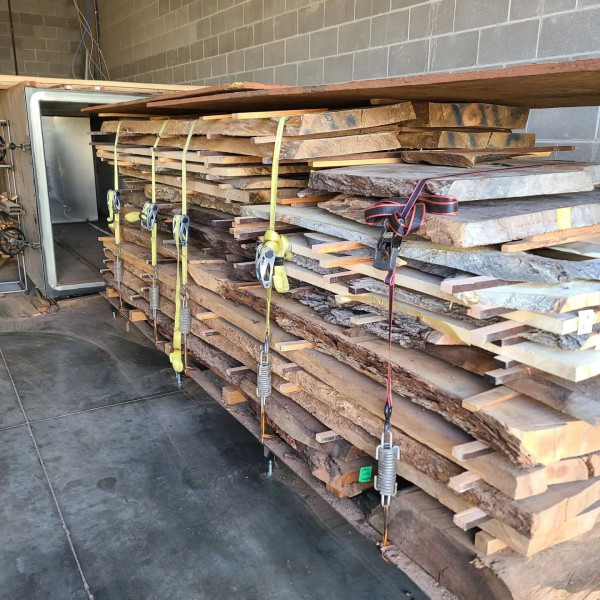
Traditional wood kiln needs a few weeks to dry timber
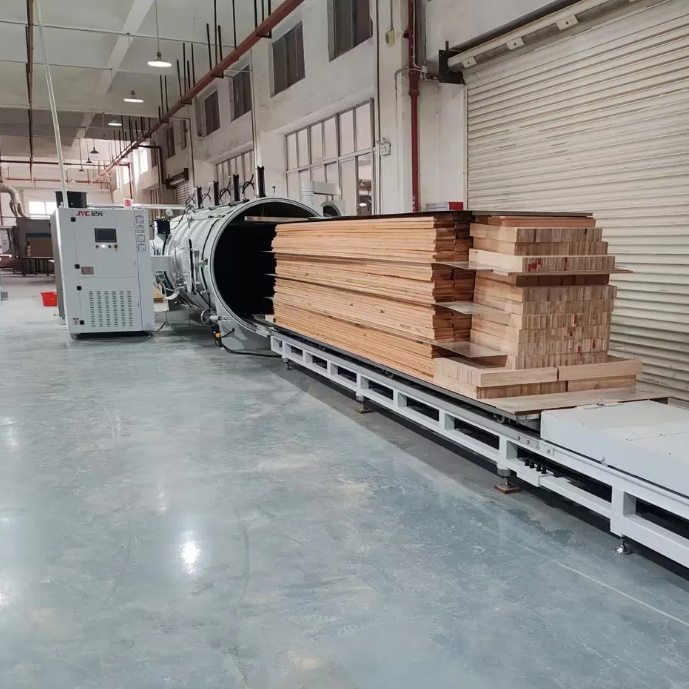
High frequency vacuum wood drying machine drying time counted by days or even hours
Board joining: Joints can be glued and cured within minutes.


Wood clamps
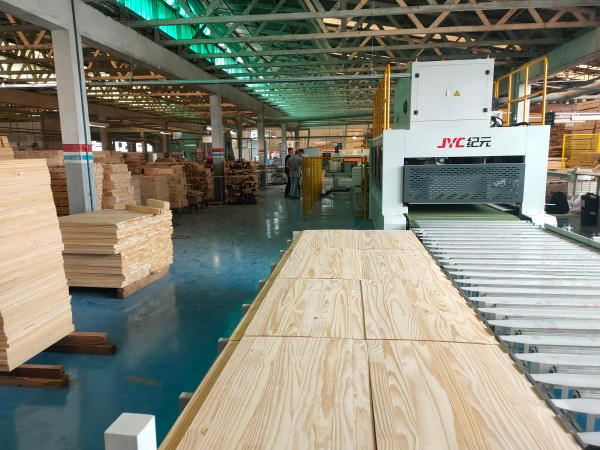
High frequency wood board joining machine
Frame assembly: HF machines press and bond frames evenly in seconds.
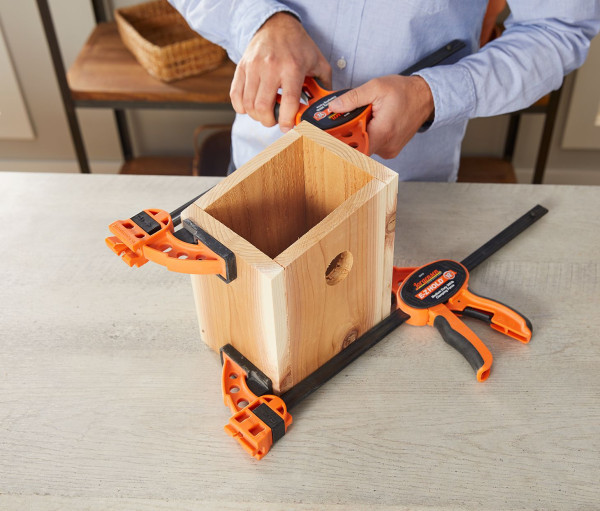

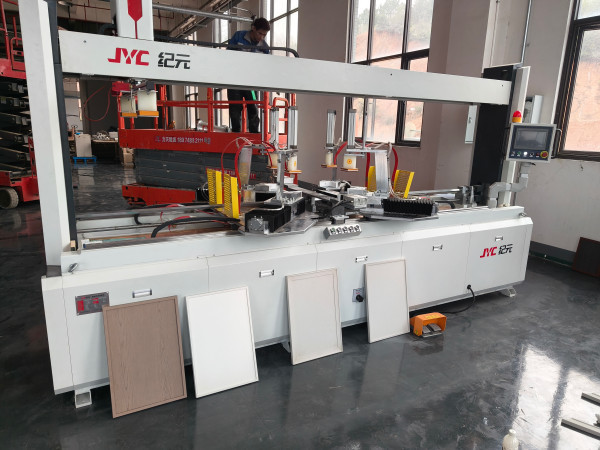
High frequency wood frame assembly machine
Bending & laminating: Curved wood parts are shaped quickly with no waiting time.


High frequency wood bending machine
This means more production cycles per day and faster delivery times for your customers.
2. Consistent and Reliable Quality
Manual processes can lead to uneven drying, weak bonding, or even cracked and warped wood. HF machines ensure:
Uniform heating across the entire workpiece.
Stronger glue lines with deeper penetration.
Minimal material waste caused by defects.
Your final products have better strength, precision, and appearance, which enhances customer satisfaction and reduces returns.
3. Labor-Saving & Easy Operation
Traditional woodworking often requires skilled workers to monitor machines constantly. HF machines are semi-automatic or fully automated, reducing labor costs and minimizing human error. One operator can manage multiple machines at the same time, improving efficiency in your factory.
4. Energy Efficiency & Sustainability
High-frequency technology targets only the material being processed, consuming less energy compared to conventional heating systems. This not only saves on electricity bills but also supports a more environmentally friendly production line, helping companies meet green manufacturing standards.
5. Flexibility for Different Products
From solid wood board joining to bending, laminating, frame assembly, and edge gluing, a single HF generator can drive multiple machines. This modular design allows you to expand your production line as your business grows without major equipment overhauls.
Switching from traditional woodworking machines to high frequency woodworking machines is not just a technological upgrade — it’s a business strategy. With faster production, consistent quality, lower labor costs, and energy savings, HF machines give woodworking companies the competitive edge they need in today’s market.
Other News
JYC Enhances HF Joining Technology to Support Ultra-Thin 4mm Wood Panels
timer :
2025-10-14
Celebrating the Mid-Autumn Festival — JYC Shares Warmth and Appreciation
timer :
2025-10-06






